This week because there was so much written information sent to you about report cards: term one expectations for meeting standards, how we are using the coding system to communicate progress and parent teacher conference sign-ups: I decided not to write my usual (perhaps too long) note about our doings in the classroom. Instead I decided to share our week through pictures and captions on our blog. Thanks to the families who have found and commented on the student pages. They would love to know they are being read.
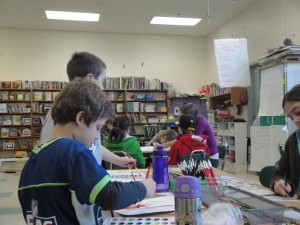
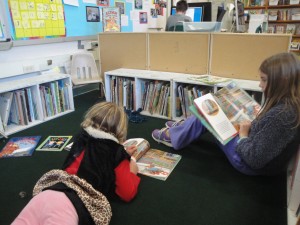 We begin each day with literacy centers. The children work each morning reading, writing, developing understanding of spelling patterns and building content vocabulary, and deepening their comprehension strategies of visualizing, inferring and predicting, questioning and understanding by connecting personal experience with more background information.
We begin each day with literacy centers. The children work each morning reading, writing, developing understanding of spelling patterns and building content vocabulary, and deepening their comprehension strategies of visualizing, inferring and predicting, questioning and understanding by connecting personal experience with more background information.
It was a week of Social Emotional Learning through group projects. Small group work builds tolerance, acceptance and patience. Through small group projects children learn how to include everyone. They learn when to take control and when to let go. They learn how to share and become more flexible and adaptive as the group works with and molds an idea.

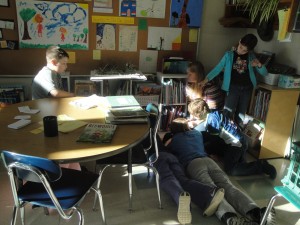 We used Rory’s Story Cubes to guide small group story writing with a focus on adding detail and description. We learned about adjectives and we learned to expand sentences. We learned to share ideas and reach compromise. We also learned to deal with and work through disappointment when “our perfect idea” was not agreed to by the whole group.
We used Rory’s Story Cubes to guide small group story writing with a focus on adding detail and description. We learned about adjectives and we learned to expand sentences. We learned to share ideas and reach compromise. We also learned to deal with and work through disappointment when “our perfect idea” was not agreed to by the whole group.
We listened to The Stray, a short story from Cynthia Rylant’s book All Creatures Great and Small. Again we worked in small groups to tell and write the story that would come after. One group developed their tale through descriptive dialogue. The other group told their story through narration. Each group worked to add detail and learned the need of only keeping what is essential. Sometimes there can be too much description and the story is lost in a swirl of detail.
Our final group work was a challenge with Mr. Caron. This week we explored “The Secret Maze.” This challenge was designed to help us develop self-control and observation. To achieve our goal, each member of the community had to focus and find a balance between independence and acceptance of peer support.
I’d love to know if you read the blog and find it helpful. Would you rather the paper memo, just the blog or both? Do you and your child use the book recommendations and math posts? Are there other things you would find helpful? Do you have any suggestions?
I would be very glad for your feedback and comments. Thank you.

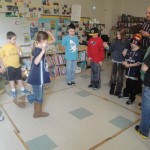

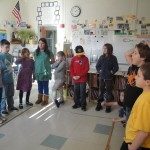

 The 9 LIVES of Alexander Baddenfield
The 9 LIVES of Alexander Baddenfield

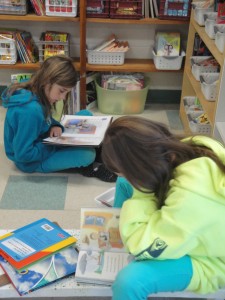

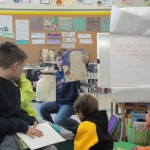

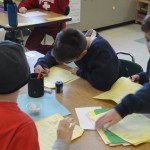
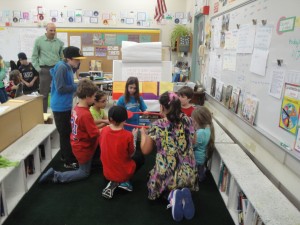
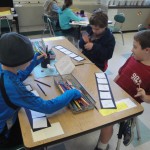

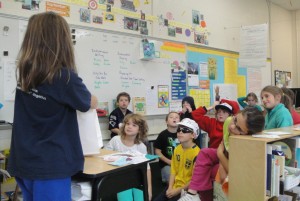
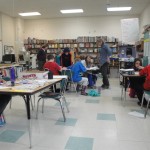
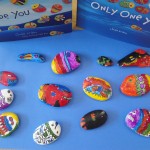
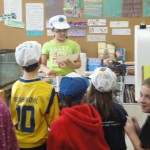

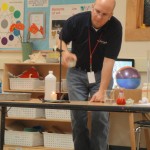

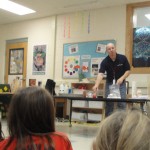
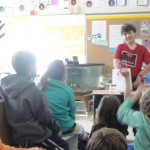
 Hank Wolowitz is starting 4th grade alone. His best friend has moved away, and Hank had resigned himself to the fact that this was going to be the worst year ever. Then he met Inkling. Inkling is a bandapat and bandpats are invisible. They’re soft and silky, about the size of a small dog and can talk. Hank found him at his family’s ice cream shop while investigating the disappearance of a floating waffle cone. Bandapts are always hungry. Their favorite food is squash – acorn, butternut or pumpkin. Pumpkin is their favorite which is why Inkling was there. It was logical to think that a place named “Big Round Pumpkin” would have everything a bandapt would need, but no. There is no squash at Big Round Pumpkin and the Wolowitzes are not squash fans, but Hank does his best. He and Inkling become pretty good friends as Hank figures out a way to deal with Gillicut who has it in for him after scoring a goal for the other team. Nothing is easy for Hank and Inkling. You’ll laugh and nod with understanding. It’s not easy to be in 4th grade with an invisible friend.
Hank Wolowitz is starting 4th grade alone. His best friend has moved away, and Hank had resigned himself to the fact that this was going to be the worst year ever. Then he met Inkling. Inkling is a bandapat and bandpats are invisible. They’re soft and silky, about the size of a small dog and can talk. Hank found him at his family’s ice cream shop while investigating the disappearance of a floating waffle cone. Bandapts are always hungry. Their favorite food is squash – acorn, butternut or pumpkin. Pumpkin is their favorite which is why Inkling was there. It was logical to think that a place named “Big Round Pumpkin” would have everything a bandapt would need, but no. There is no squash at Big Round Pumpkin and the Wolowitzes are not squash fans, but Hank does his best. He and Inkling become pretty good friends as Hank figures out a way to deal with Gillicut who has it in for him after scoring a goal for the other team. Nothing is easy for Hank and Inkling. You’ll laugh and nod with understanding. It’s not easy to be in 4th grade with an invisible friend. Once you finish the first, you’ll certainly want to find out what happens in the second, Invisible Inkling – Dangerous Pumpkins because Halloween is a time for pumpkins. They’re everywhere and Inkling has a hard time leaving people’s jack-o-lanterns alone.
Once you finish the first, you’ll certainly want to find out what happens in the second, Invisible Inkling – Dangerous Pumpkins because Halloween is a time for pumpkins. They’re everywhere and Inkling has a hard time leaving people’s jack-o-lanterns alone.